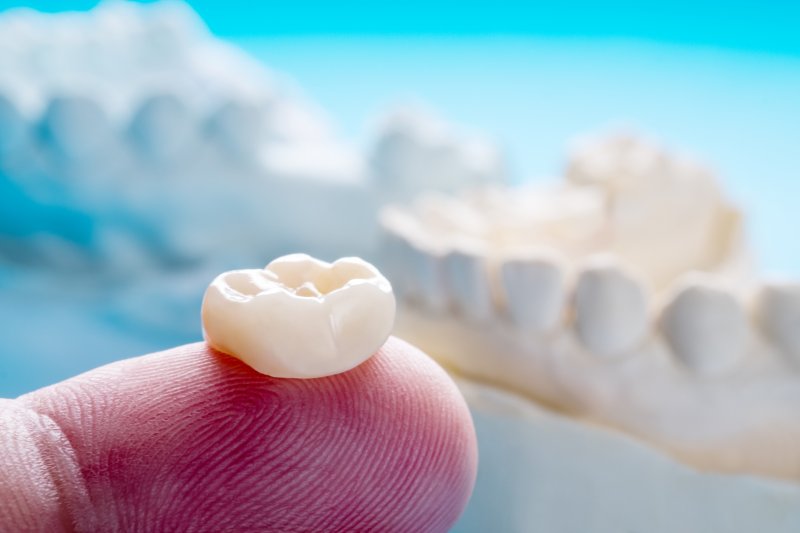My Tooth Is in Rough Shape; Do I Need a Dental Crown or a Filling?
August 13, 2024

Many people have teeth that have been weakened by decay or injury, and dentists usually recommend using dental crowns or fillings to prevent infection and restore the strength of compromised dental structure. While both of these treatments can help a troubled tooth stay in great shape for life, one is usually better than the other depending on the patient’s situation. Here’s a brief guide to dental crowns and tooth-colored fillings to help you get a better idea of which may be right for you.
Patch Up Teeth with Dental Fillings
Dental fillings have allowed untold millions of people to prevent tooth loss and preserve the strength of their smiles. The procedure begins with your dentist administering a local anesthetic to ensure your comfort before removing the decayed structure from the tooth. They will then fill the empty space with a small amount of tooth-colored composite resin that readily bonds with your healthy enamel. The resin is then shaped to match the natural curves of the tooth, creating a lifelike restoration.
Fillings may be best if:
- The tooth is in good shape other than the cavity. If the tooth has cracks, a filling may not be able to restore its structural integrity.
- There is only a small amount of decay.
- The patient has budgetary concerns. Fillings are less costly than dental crowns and can be placed in a single visit. However, opting out of getting a dental crown when you need one can lead to serious oral health complications down the road.
Restore Compromised Teeth with Dental Crowns
Dental crowns are ceramic caps that imitate the strength and appearance of natural dental structure, and they are designed to be placed over severely damaged teeth to restore their function and prevent their loss. Placing a dental crown begins with your dentist administering a local anesthetic to render the process painless before reshaping the tooth being treated to remove decayed matter and make room for the crown.
After bite impressions are taken and a temporary crown is fixed on the tooth, you’ll come back for a second appointment about two weeks later. Then, your dentist will remove your temporary crown, cement your permanent one in place, and make any final adjustments. After a brief and mild recovery period, your tooth will be ready to chew with the best of them.
Crowns may be the best option if:
- The tooth is cracked or severely weakened, as placing a crown can divert the pressure of chewing and prevent further damage.
- The tooth is severely damaged, as a large filling can act as a wedge when you chew and cause further injury.
- The tooth has unsightly flaws such as severe cracks, stains, or chips, and you wish to conceal them for cosmetic reasons.
Dental crowns and tooth-colored fillings can both be great ways to restore damaged teeth. You can rest assured that the one your dentist recommends is the best option to address your needs.
About the Author
Dr. David George Banda earned his Doctor of Dental Surgery at the University of Michigan and completed the Implant Surgical and Prosthetic Program from the Misch Implant Institute. He is proud to serve as a member of the American Dental Association and the Academy of General Dentistry. His office in Bloomfield Hills offers general, cosmetic, and restorative dentistry such as dental crowns and tooth-colored fillings. If you are concerned about tooth decay, contact his office online or dial (248) 647-5434.
No Comments
No comments yet.
RSS feed for comments on this post.
Sorry, the comment form is closed at this time.










